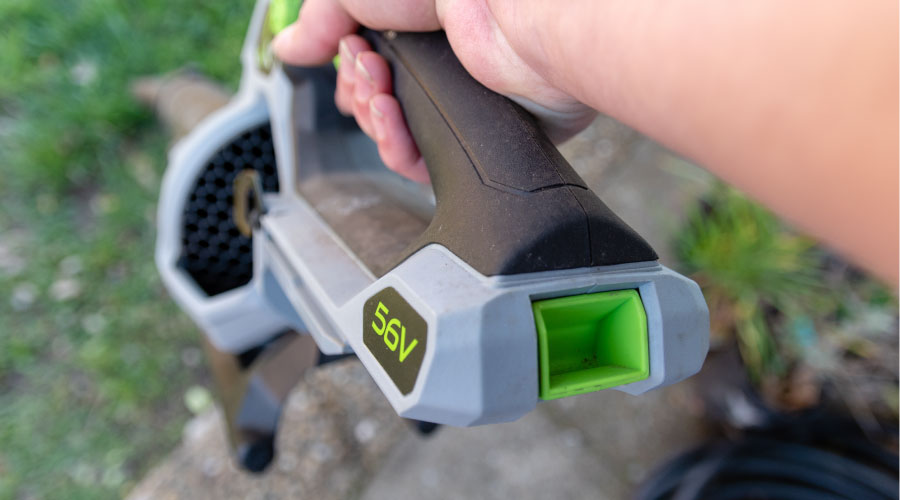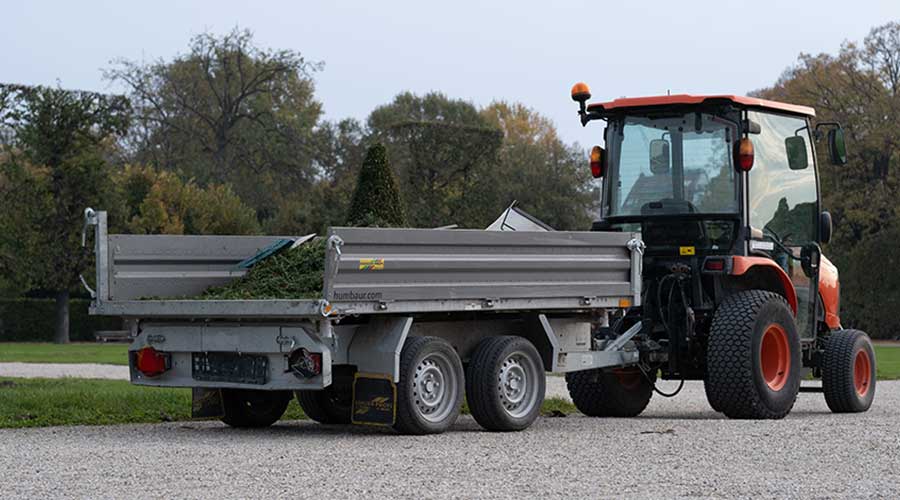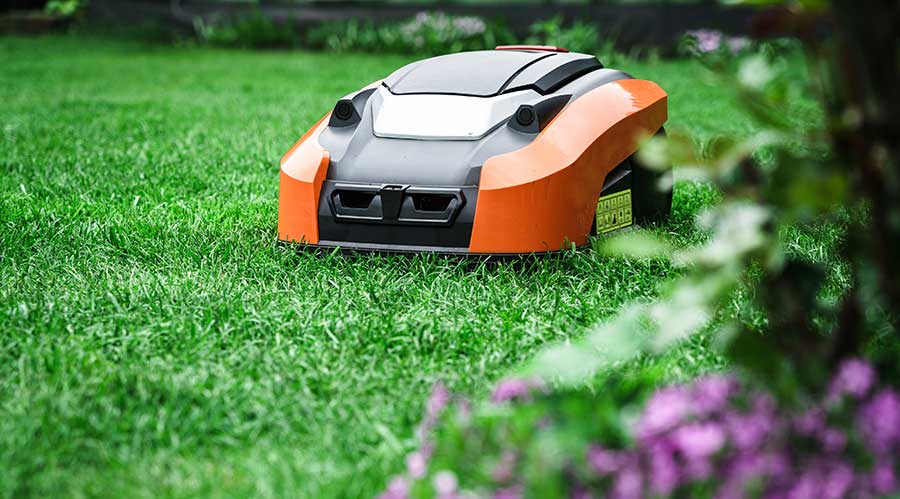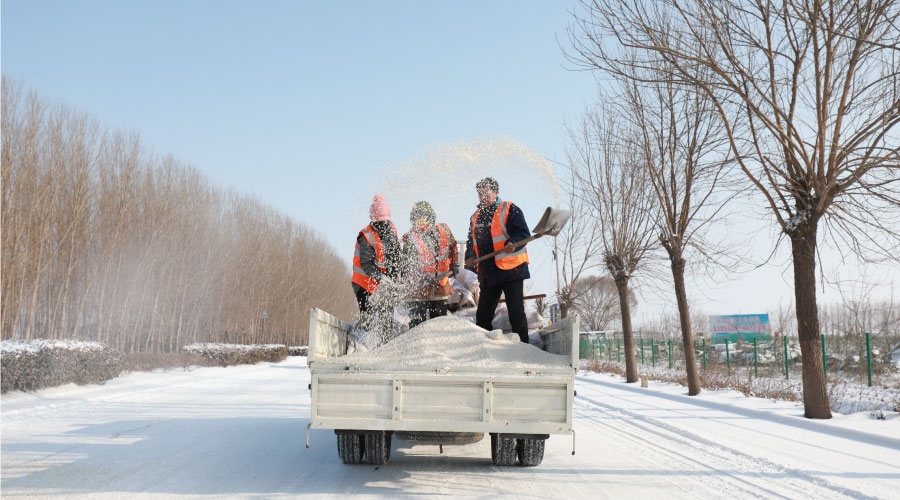Integrated Pest Management: Sustainability and Training
To keep up with changes in horticultural practices or equipment operation, Smithsonian Gardens offers a training program every Wednesday from January to March.
“We have in-service training, where we bring two speakers in to talk to our staff,” Faust says. “It keeps them technically up to speed, whether it’s about living-plant collections, tree care, or turf management. It runs the gamut.”
Smithsonian Gardens has been practicing integrated pest management for at least 15 years, and the practices have evolved as sustainable grounds operations became a higher priority. Faust and horticulturists are specifying native plants and reducing the amount of pesticides where appropriate.
“We’ve hired an integrated pest manager who is a horticulturist, as well, and he’s been really helpful in improving our turf management,” Faust says. “We’re also using organic fertilizers whenever possible. We use compost tea, particularly in our American Indian Landscape. In our American Indian garden, we use no pesticides at all. It’s totally organic.”
The department also has a computerized irrigation system tied into a weather station within the gardens. The system allows close monitoring of water use, and the weather station ensures staff does not over-water landscapes or water unnecessarily.
“We are committed to sustainable practices in all that we do,” Faust says. “Logistically, this can be quite a challenge in such a public location.”
Related Topics:














